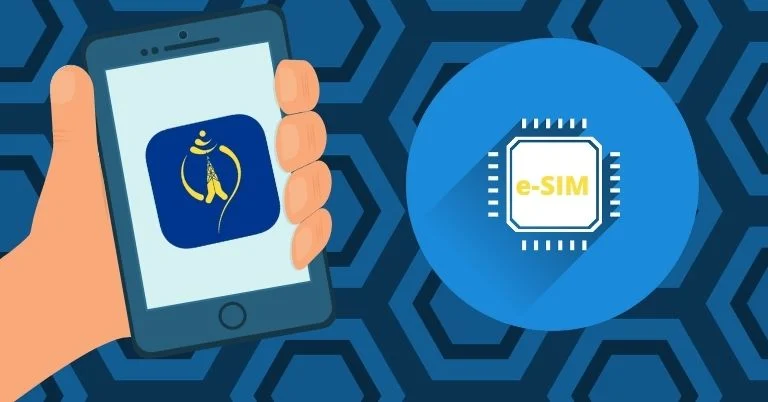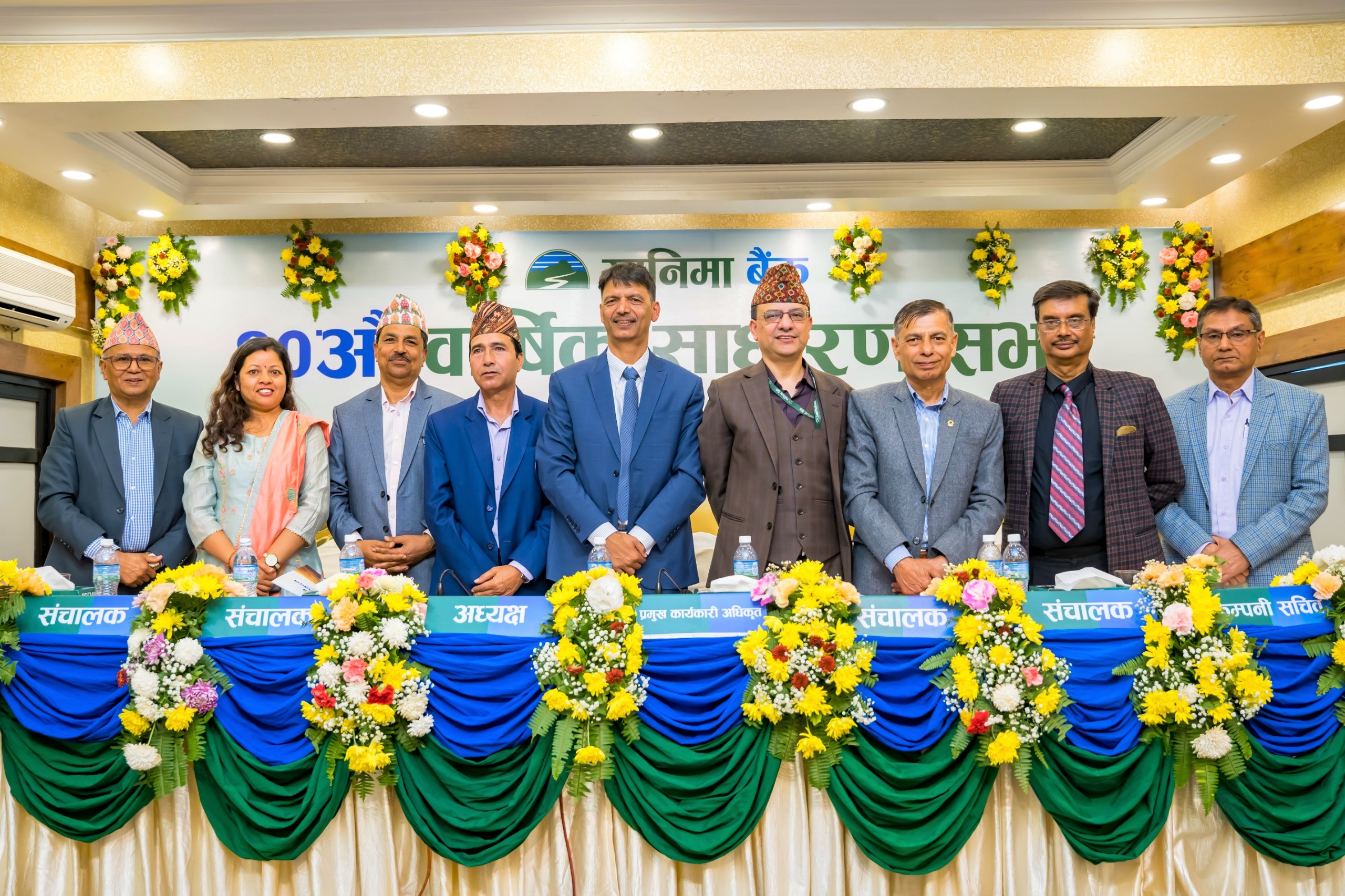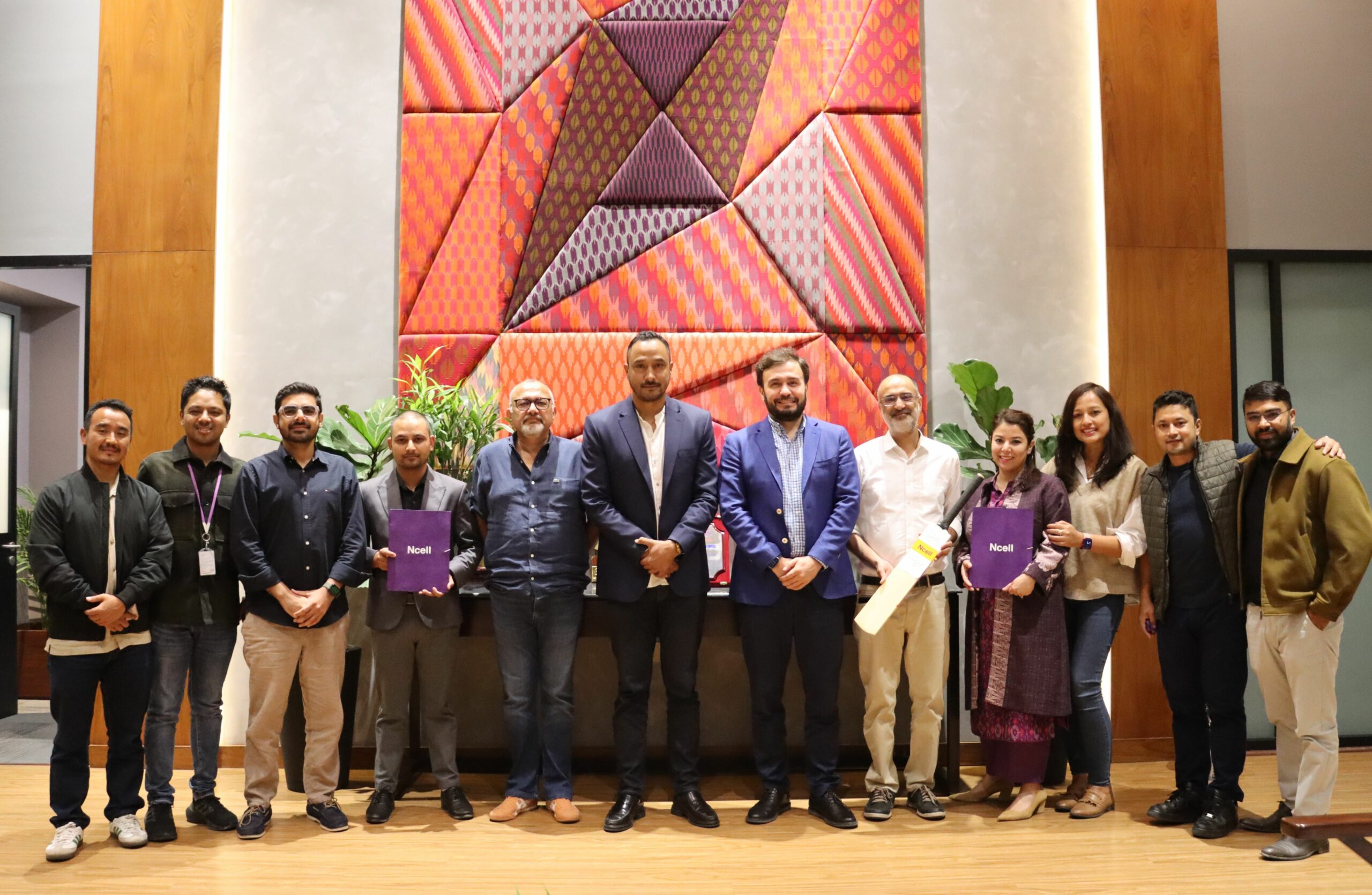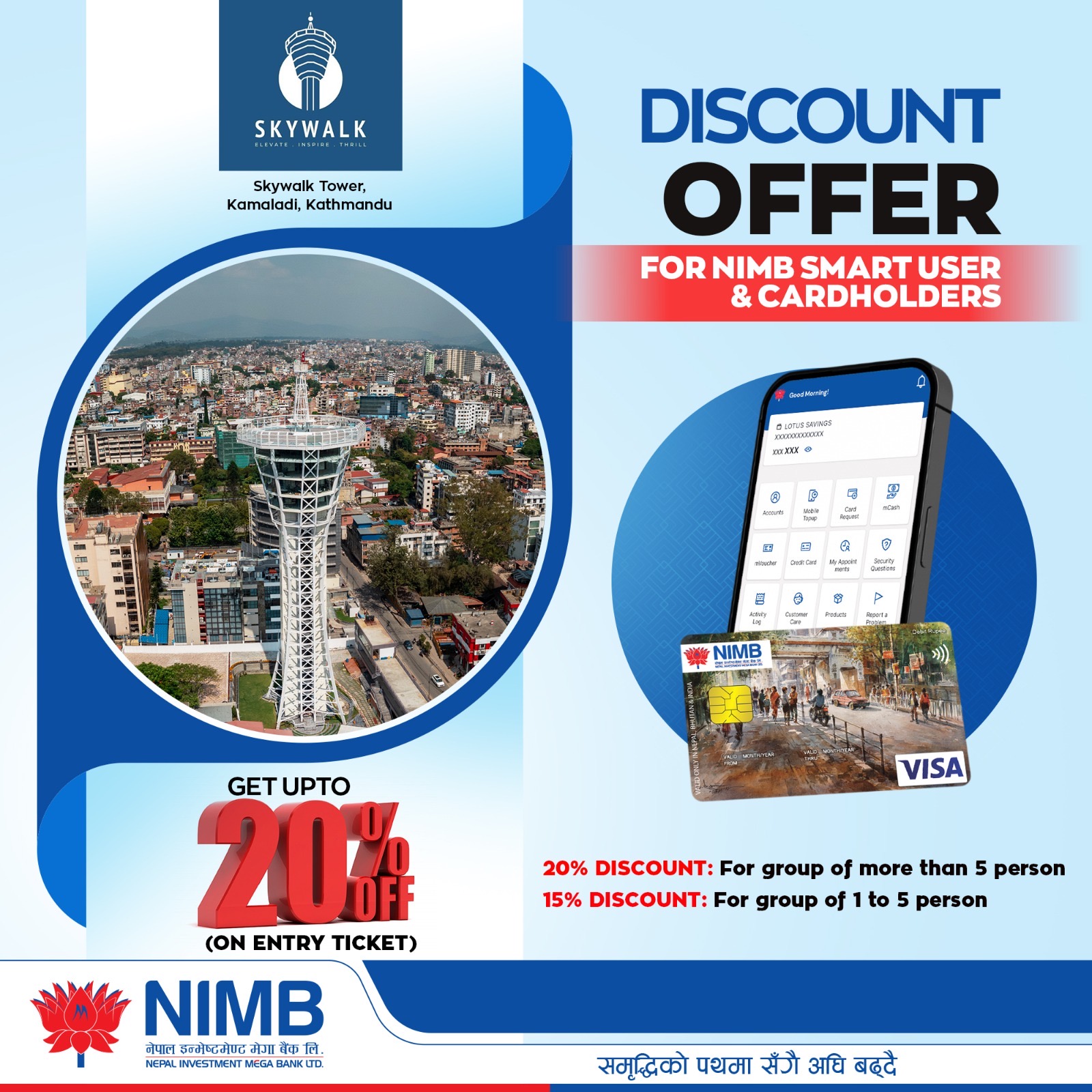Nepal Telecom trialling eSIM service
The virtual SIM also allows subscribers to switch from one mobile network to another without having to change the physical SIM card.

KATHMANDU: Nepal Telecom is holding trials to launch its eSIM service which allows subscribers to use their mobile phones without inserting a physical SIM card in it.
The eSIM, short for embedded SIM, is built into the mobile set, and subscribers have to download software to activate it and link up with the network.
The virtual SIM also allows subscribers to switch from one mobile network to another without having to change the physical SIM card.
“We are currently in the trial phase. If things go as planned, we will make a commercial launch soon in our network,” said Shobhan Adhikari, spokesperson for the state-owned telecom giant.
Nepal Telecom says eSIM has several advantages like allowing customers to easily switch between service providers.
“It is a programmable SIM card that is embedded directly into a device,” said Adhikari.
Austria, Canada, Croatia, Czech Republic, Germany, Hungary, India, Spain, the United Kingdom and the United States, among other countries, offer eSIM services.
“Customers who travel frequently benefit from eSIM as they do not need to change their physical SIM continuously,” Adhikari said.
“The customer can replace the SIM card with an eSIM of the same number if their device supports the system.”
Hassles like plastic SIM cards being misplaced, lost or physically damaged are eliminated; eSIM also supports wearable devices.
Telecom officials say the benefits of adopting the eSIM technology include an increase in reliability in comparison to the physical SIM card.
According to experts, eSIM has less chance of mechanical failure, and it can be used in several devices, even very small ones.
“Users of wearable smart devices like smartwatches that support eSIM can benefit from the new service,” Adhikari said.
The physical SIM which communicates with the mobile network is programmed with the user’s information. With the eSIM, users download their profile to the device by using the software. But not all phones currently support eSIM.
The devices that support eSIM are iPhone 13, 12 and 11 series; iPhone XS, iPad Pro 1st, 2nd, 3rd and 4th generation; iPad Air 3rd and 4th generation; different variants of Samsung Galaxy series, including the folded one; and Google Pixel 2 and later. Wearable devices of Apple and Samsung also support eSIM.
In April 2022, Nepal Telecom signed an agreement with Monty UK Global Limited to provide an eSIM platform.
“Nepal Telecom had planned to launch the eSIM in mid-July, but the trials were delayed,” said Adhikari.
Both 5G and eSIM are widely being adopted by industry stakeholders worldwide. Nepal Telecom is all set to begin the country’s first 5G technology trials by this year.
“The eSIM is secure. There will be no security issues in the new technology,” said Adhikari. “The customer can add or remove operators without the need to physically swap a SIM from the device.”
However, once the eSIM comes into implementation, customers will have to visit a Nepal Telecom outlet and fill out a know your customer (KYC) form.
The company has not fixed the tariff. “Since we are in the trial phase, we have not finalized the charges,” said Adhikari.
According to the management and information system report of the Nepal Telecommunications Authority, out of the 40.88 million mobile voice telephone service users in the country, Nepal Telecom counts 21.69 million users.
The eSIM became popular when Apple introduced the technology two years ago with the iPhone XS; and since then, all iPhones, Google Pixel devices and some Samsung devices have been equipped with it.
Samsung Electronics announced the Samsung Gear S2 classic 3G as the first device in the market to be equipped with an eSIM compliant with GSMA Consumer Remote SIM Provisioning (RSP) architecture.
Airtel introduced the technology for the first time in India in 2019.
Mobile number portability, which allows consumers to change operators without altering numbers, will become easier with the eSIM.
The Nepal Telecommunications Authority has prepared a draft of the Mobile Number Portability Regulation 2021, and once this comes into force, users can change service providers while retaining their own numbers.
-Kathmandu Post









